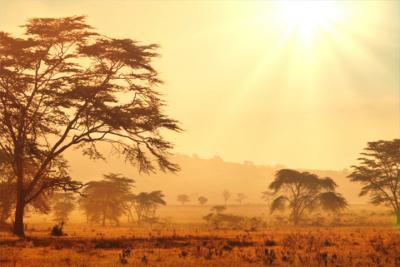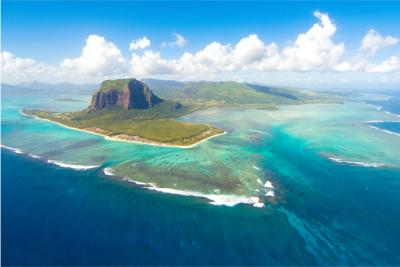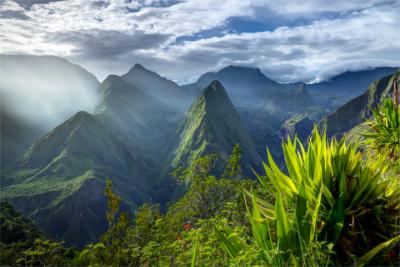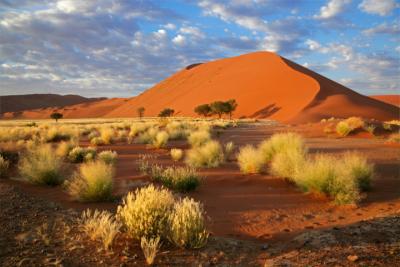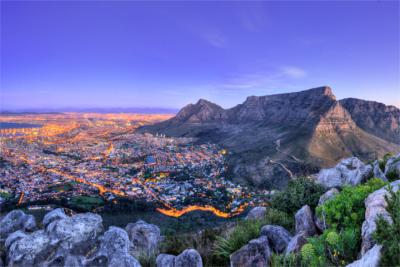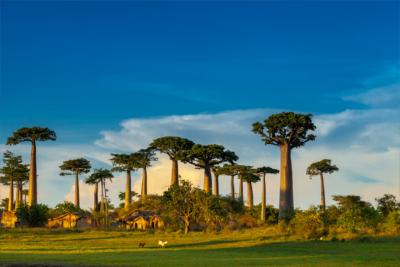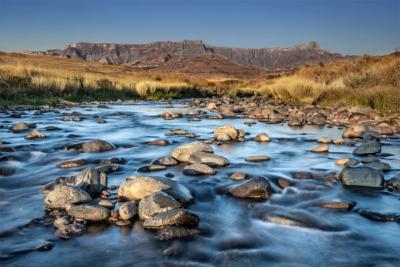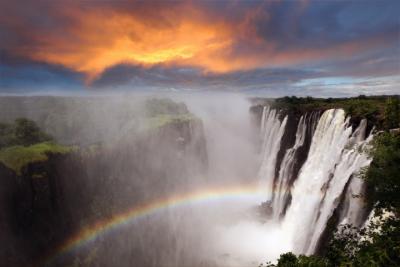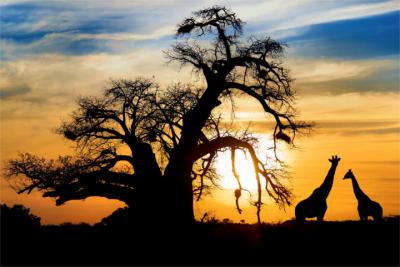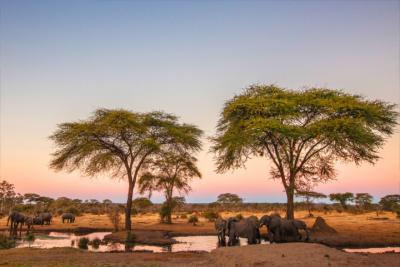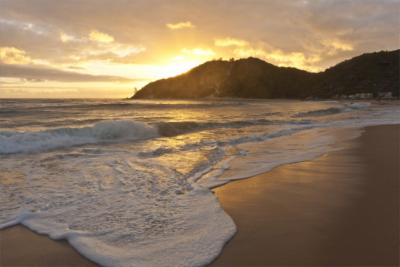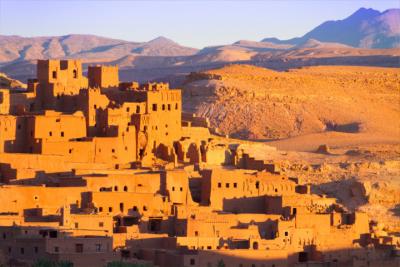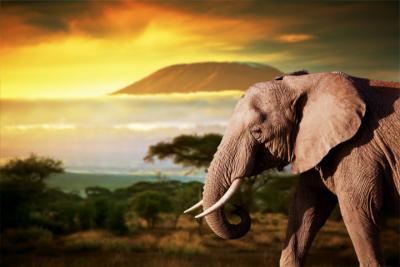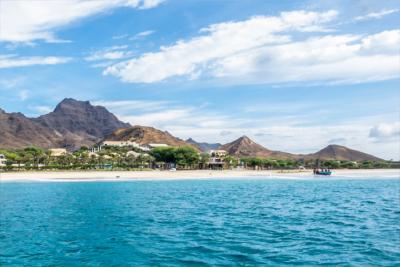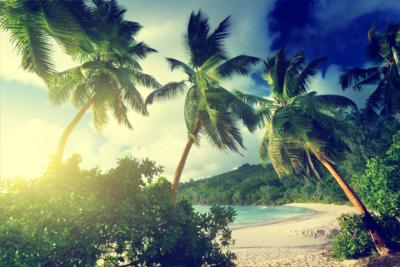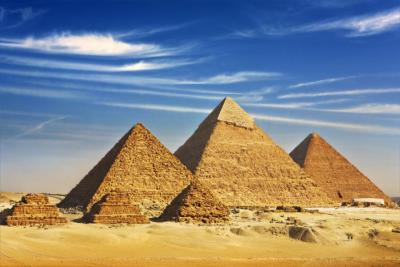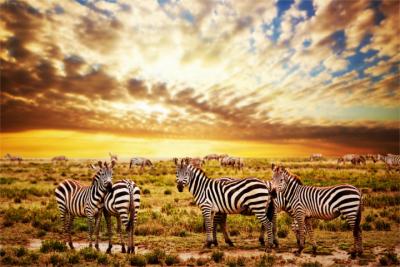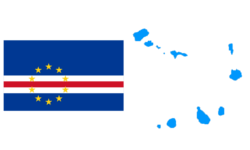Travel Offers
Travelmyne Featureprint
Distance
Cape Verde - West Africa's Island World
The islands of Cape Verde are characterised by their extraordinary diversity. Each of them has its individual landscape and vegetation as well as its very own appeal. The Atlantic islands have African charm with a touch of European atmosphere.
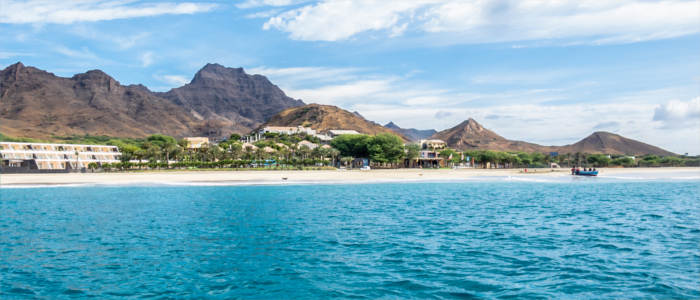
Geography - The islands of the winds
The small island archipelago of Cape Verde (also called "Cabo Verde") is about 500 kilometres away from West Africa. Nine of the 15 islands are inhabited and according to their location, they are divided into the Barlavento (windward) and the Sotavento (leeward) islands. Santo Antao, São Vicente, São Nicolau, Sale and Boa Vista lie in the north-west (windward), while Maio, Santiago, Fogo and Brava lie in the south-east (leeward). The country's capital is located on Santiago and is called Praia. The climate is mild and oceanic with warm and dry weather all year. There is not a lot of precipitation.
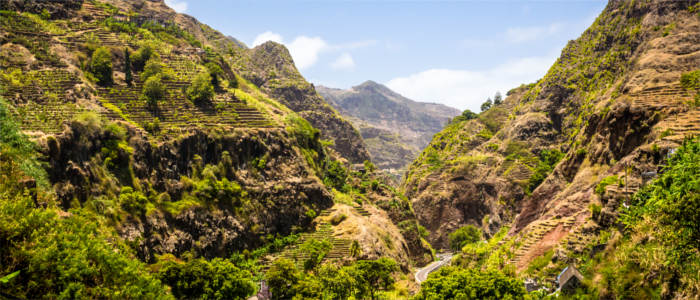
Nature - Dream beaches in the Atlantic Ocean
The discoverers of the islands called them Cabo Verde, which means as much as "green cape". But even famous contemporaries like Columbus did not consider this name very suitable for the mostly dry and desert-like archipelago. The islands' soils are dry and the vegetation is sparse, except for date trees. Skinks and geckos have adjusted to these conditions. The archipelago is mainly of volcanic origin. Its highest peak is the volcano Pico de Fogo (2,829 m), which last erupted in 1995. Tourists are most of all interested in the great sand dunes, the mangroves in the salt marshes and the wonderful beaches in the remote bays at the Atlantic Ocean. If you travel the islands at the right time of the year, you can watch the sea turtles lay eggs at the beach. A number of islands is surrounded by beautiful, untouched coral reefs. They are home to exotic animals such as the surgeonfish and different species of sharks.
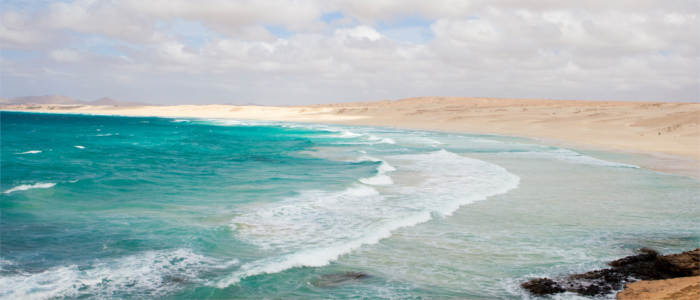
Natural sights - Boa Vista and Fogo
"Beautiful view" is the translation of the native island of Boa Vista - an island which lives up to its name. The island is very green. It contains oases with date and coconut trees, the sleepy island capital of Sal Rei and the royal salines. Cape Verde's oldest tree is over 40 metres high and said to be 500 years old. The gigantic kapok tree can be seen from afar. Travellers who want to explore the volcano Pico do Fugo - the greatest active volcano in the Atlantic Ocean - should look for an experienced mountain guide. This way, they can even have a look at its crater.
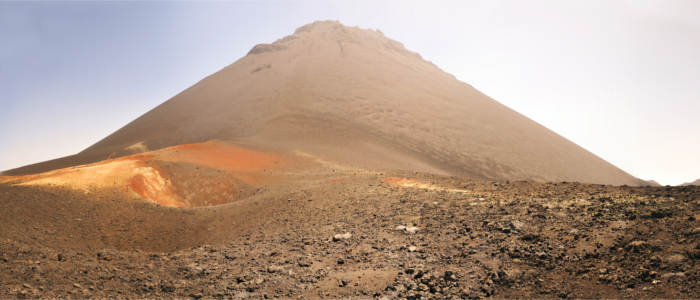
Culture - Sea trade in front of Africa
The archipelago in the Atlantic Ocean was thought to be uninhabited until the Portuguese, more precisely Diogo Gomes, discovered the islands in 1456. Cape Verde soon became an important transshipment point for the sea trade between Europe, Africa and Asia. Slavery also played a major role for the islands' former population. Deserted and decomposed shipwrecks commemorate the harbour. Cape Verde only gained independence in 1975. By that time, an individual Cape Verdean identity had developed. The mix of the former African slaves and the Europeans is still apparent as you see dark-skinned children with blonde hair and blue eyes or - the other way around - fair-skinned inhabitants with black hair in the street.
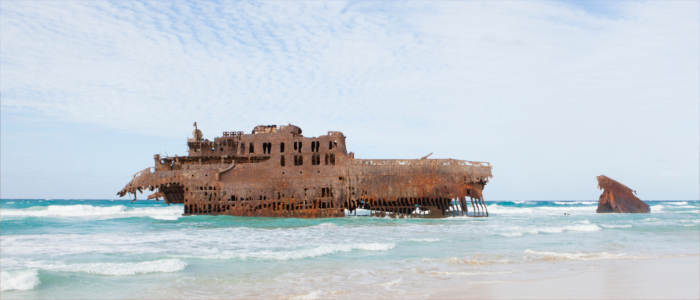
Cultural sights - Fortresses made of volcanic rock
The cultural centre is without doubt the capital Praia. Albuquerque Square, the ruin of the old cathedral and the harbour are definitely worth a visit. Travellers who are interested in colonial architecture will enjoy São Vicente. It accommodates the Harbour of Mindelo with the landing stage for big cruise liners from all over the world. Baroque churches in scenic shades of sand and blue watch over the town of Sal Rei on Boa Vista. Furthermore, fortresses made of red volcanic stone, which were built to protect the islands, are typical of Cape Verde. One example is Fort Real on São Felipe.
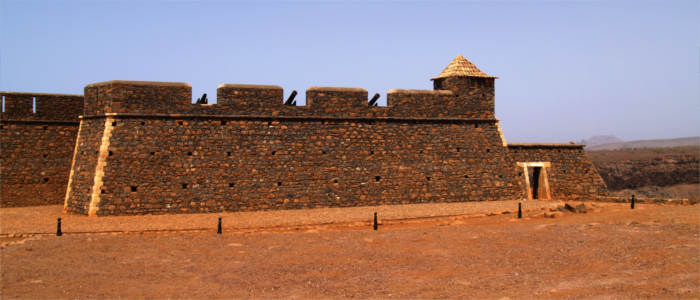
Experience - Celebrating the Cape Verdean way
The Cap Verdean specialities are a combination of the African and European cuisine. The national dish is called cachupa and is a stew made of sweet potatoes, maize, bananas, pumpkin and other seasonal vegetables. Cachupa is eaten at any time of the day and every restaurant serves its own version of the dish. Of course, freshly caught fish plays a major role. Caldo de peixe (a fish soup) and beaf de atum (a tuna steak) are deliciously seasoned and well-suited to holidaymakers' tastes. The best destination for shopping are the characteristic African markets in the bigger cities. Colourful scarves and traditional wood carvings are sold at every street corner here. Nightlife also mainly takes places in the cities in the peak season. However, the Cape Verdeans do not start partying before 22 p.m., more commonly they go out at 1 a.m. The islands' inhabitants pride themselves on being very passionate and excellent dancers. Travellers can assure themselves of this skill in all bars, discos and pubs.
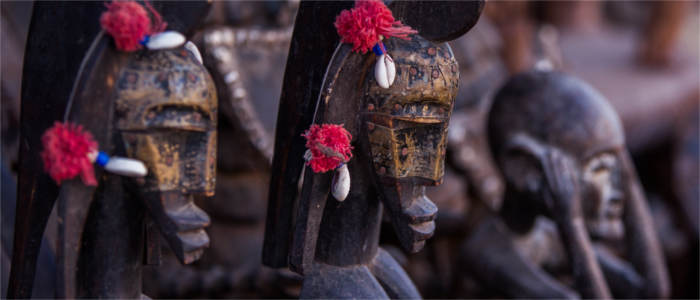
Activities - Swimming, diving and beach holidays
You find the most beautiful beaches in the bays on Boa Vista or Santiago. Tarrafal Beach is particularly worth a visit. Sailors get their money's worth in the trade winds and surfers enjoy the Cape's waves. Divers best travel the islands between March and November. At this time, they have the best visibility in the reefs and along the sunken shipwrecks. Hiking and mountaineering tourism is relatively well-developed now. There are hiking trails on Santo Antao and around Pico do Fogo. Mountain bikers will encounter challenging routes, which are reserved for professionals. Less demanding but at least as exciting are Jeep safaris into the islands' hinterland.
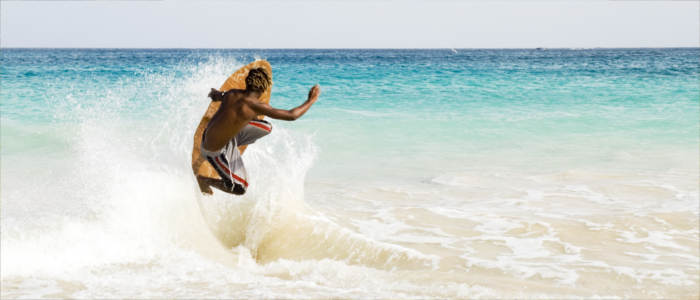
Information
In winter, the temperatures are more pleasant than in summer with 26 °C on average. Before setting on their journey, travellers should inform themselves about vaccine protection against malaria. Although Cape Verde is one o the wealthiest African countries, it is a Third World country. That means that hygienic and cleanliness conditions do not compare to European standards.
The Cape Verdean islands offer relaxation and a lot of sunshine. Beach holidaymakers find wonderful bays and pleasantly warm water, while hikers enjoy many hiking trails in an extraordinary landscape.

